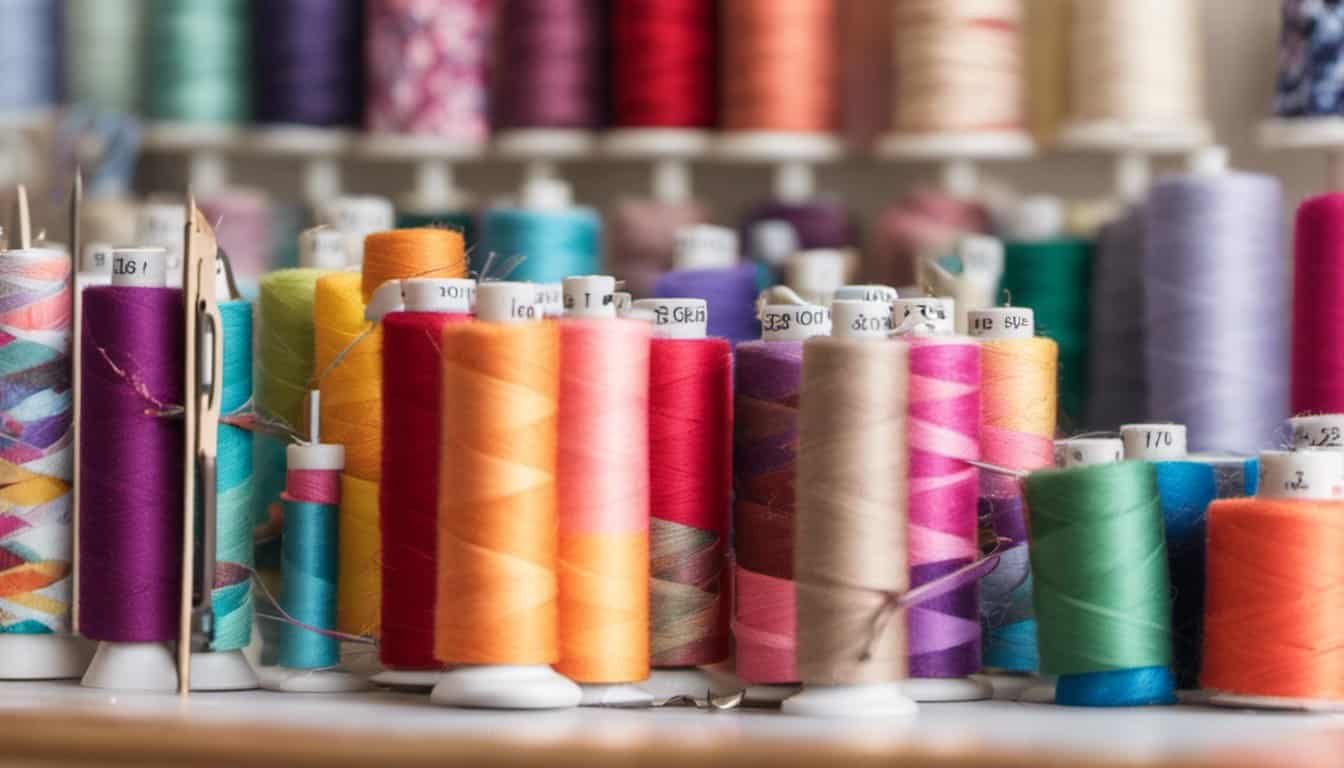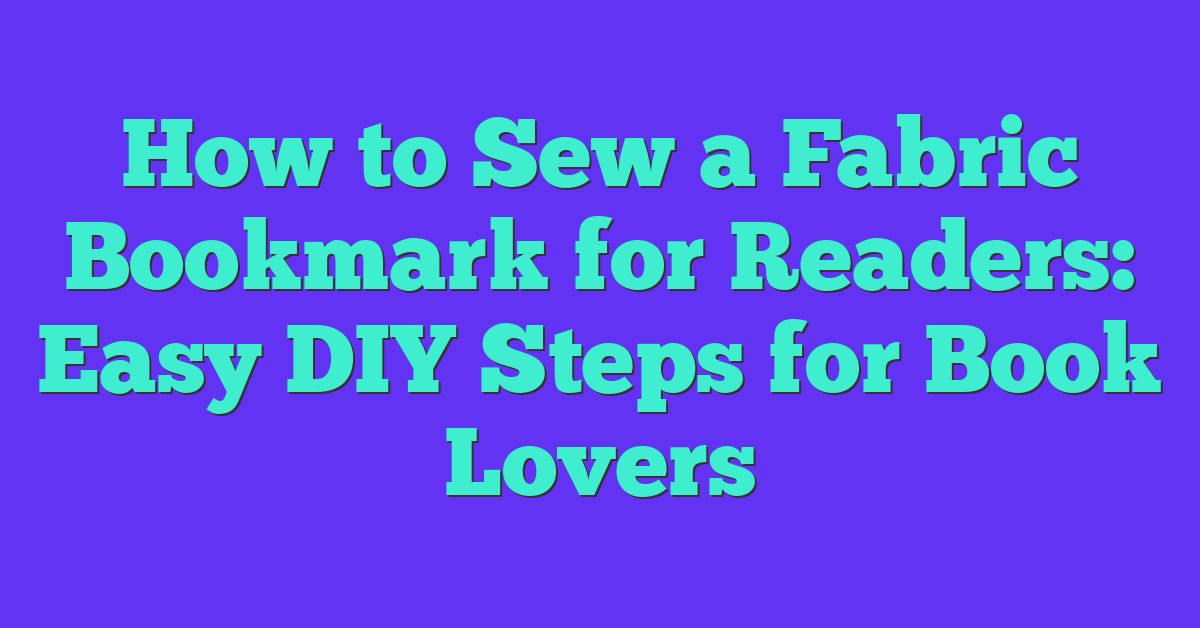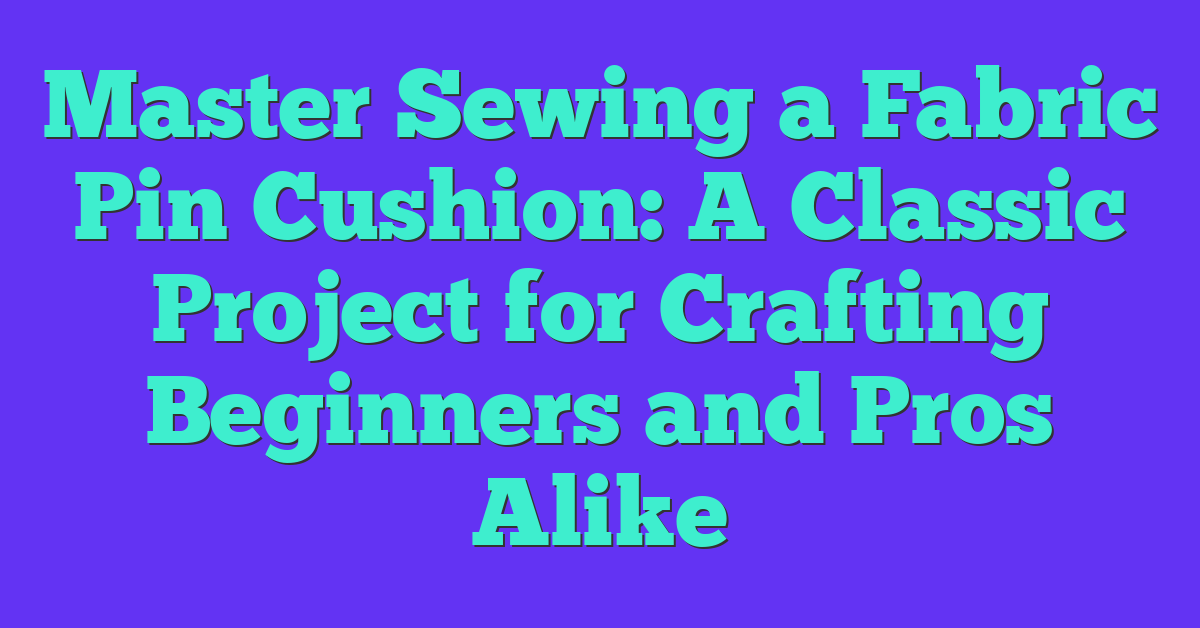Stepping into the world of fabrics can feel overwhelming for a first-time buyer. With countless textures, colors, and types available, it’s easy to get lost. But don’t worry—I’ve been there too, and I’m here to help you navigate the basics.
Understanding key factors like fabric composition, purpose, and maintenance can make your buying experience smooth and enjoyable. Whether you’re sewing your first garment or tackling a creative project, knowing what to look for will set you up for success.
In this guide, I’ll share the essential tips and insights you need to confidently choose the perfect fabric for your needs. Let’s dive in and make your fabric shopping experience a breeze.
Understanding Fabric Types
I find that understanding fabric types makes choosing the right material easier.
Natural Fibers
Natural fibers, such as cotton, wool, and silk, offer breathability and comfort. Cotton suits projects like shirts, dresses, and quilts. Wool is ideal for warm garments, blankets, and scarves. Silk works well for elegant attire and delicate accessories.
Synthetic Fibers
Synthetic fibers, including polyester, nylon, and acrylic, provide durability and easy maintenance. Polyester works great for activewear, upholstery, and outdoor gear. Nylon is perfect for lightweight jackets, backpacks, and hosiery. Acrylic serves well for sweaters, hats, and blankets.
Assessing Fabric Quality
Evaluating fabric quality ensures your projects turn out as intended. I focus on key factors like thread count and durability to make informed choices.
Thread Count
Thread count measures the number of threads per square inch in fabric. Higher counts often indicate a smoother, tighter weave. For example, bed sheets typically range from 200 to 800 thread counts, affecting softness and strength. When selecting fabric, a thread count between 150 and 300 suits most sewing projects, balancing quality and cost.
Durability
Durability determines how well fabric withstands wear and tear. Natural fibers like cotton and wool offer good durability, suitable for garments and upholstery. Synthetic fibers such as polyester provide excellent resistance to stretching and shrinking, ideal for activewear and high-use items. Assessing durability involves considering fiber type, weave, and intended use to ensure longevity.
Choosing the Right Fabric for Your Project
Selecting the perfect fabric makes all the difference in your crafting endeavors. I focus on purpose, function, and care to ensure your project turns out just right.
Purpose and Function
Identify your project’s use to guide fabric choice. Dresses benefit from lightweight cotton for comfort, while upholstery requires sturdy fabrics like linen or denim. Activewear thrives on moisture-wicking polyester blends, and quilting needs durable, washable cotton. Matching fabric properties to project demands enhances functionality and longevity.
Maintenance and Care
Consider how you’ll care for your finished piece. Natural fibers like wool and silk need gentle washing or dry cleaning, suitable for garments worn occasionally. In contrast, synthetic fabrics such as polyester and nylon handle machine washing and resist wrinkles, ideal for everyday items. Easy-care fabrics simplify upkeep, ensuring your creations remain vibrant and intact with minimal effort.
Budgeting and Cost Considerations
When buying your first fabric, setting a budget helps manage expenses and ensures you get the best value. I start by determining how much I can spend on fabric without compromising other project needs. Typically, fabric costs range from $5 to $50 per yard, depending on the type and quality.
Factors Affecting Fabric Costs
- Fabric Type
- Natural Fibers: Cotton ($10–$20/yard), Linen ($15–$30/yard), Silk ($25–$50/yard)
- Synthetic Fibers: Polyester ($5–$15/yard), Nylon ($8–$20/yard), Acrylic ($6–$18/yard)
- Quality and Thread Count
- Higher thread counts usually mean better quality and durability, impacting the price.
- Pattern and Design
- Printed or designer patterns often cost more than solid or plain fabrics.
- Quantity Needed
- Larger projects require more fabric, increasing the total cost.
Budgeting Tips
- Plan Ahead: Calculate the total yards needed for your project to avoid overbuying.
- Compare Prices: Check multiple stores or online platforms to find the best deals.
- Buy on Sale: Take advantage of discounts and clearance sales to save money.
- Choose Versatile Fabrics: Select fabrics that can be used for multiple projects to maximize your investment.
Cost Comparison Table
| Fabric Type | Price Range per Yard |
|---|---|
| Cotton | $10 – $20 |
| Linen | $15 – $30 |
| Silk | $25 – $50 |
| Polyester | $5 – $15 |
| Nylon | $8 – $20 |
| Acrylic | $6 – $18 |
By understanding these cost factors and applying smart budgeting strategies, I ensure that my fabric purchases align with both my project’s needs and my financial plan.

Where to Buy Fabric
Choosing the right place to purchase fabric ensures a smooth buying experience. Here are the primary options available to you.
Online Stores
Online fabric stores offer a vast selection and convenient shopping from home. Websites like Fabric.com, Joann, and Mood Fabrics provide diverse fabric types, patterns, and colors. They often include detailed product descriptions, customer reviews, and swatch options to help you make informed decisions. Prices typically range from $5 to $50 per yard, depending on the fabric quality and brand. Additionally, many online retailers offer discounts, free shipping on orders over a certain amount, and loyalty programs to manage your budget effectively.
Local Retailers
Local fabric stores allow you to see and feel the fabric before purchasing, ensuring it meets your quality standards. Stores such as Michael’s, Hobby Lobby, and independent boutiques offer personalized customer service and expert advice. You can browse a curated selection of fabrics tailored to your region’s preferences and trends. Prices may vary, but local retailers often provide competitive pricing and the option to return or exchange fabrics easily. Visiting local stores also supports small businesses and fosters a sense of community among craft enthusiasts.
Conclusion
Buying your first fabric is an exciting step in your crafting journey. With the right knowledge and a bit of planning you can find materials that perfectly suit your projects and budget.
Remember to consider the fabric’s feel and how it will work for what you’re making. Don’t hesitate to explore different stores and ask for advice. Enjoy the process and have fun creating something amazing.

















